Our wines
Côtes du Rhône
Côtes du Rhône - Domaine de l'Abbé Dîne
Côtes du Rhône
Côtes du Rhône - Domaine Mayard
Côtes du Rhône
Côtes du Rhône - Domaine Durieu
Côtes du Rhône
Côtes du Rhône Village - Domaine Durieu - Plan de Dieu
Organic/Biodynamic
Crozes Hermitage - Domaine Yann Chave - Le Rouvre
Châteauneuf-du-Pape
Châteauneuf du Pape - Château La Nerthe
Vacqueyras
Vacqueyras - Clos de Caveau - Fruit sauvage
Gigondas
Gigondas - Domaine des Bosquets
Châteauneuf-du-Pape
Châteauneuf du Pape - Domaine Roger Sabon - Les Olivets
Châteauneuf-du-Pape
Châteauneuf du Pape - Domaine Roger Sabon - Prestige
Châteauneuf-du-Pape
Châteauneuf du Pape - Domaine Roger Sabon - Réserve
Châteauneuf-du-Pape
Châteauneuf du Pape - Domaine Durieu
Châteauneuf-du-Pape



























